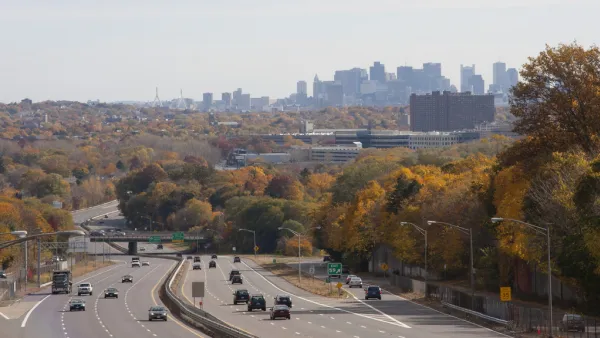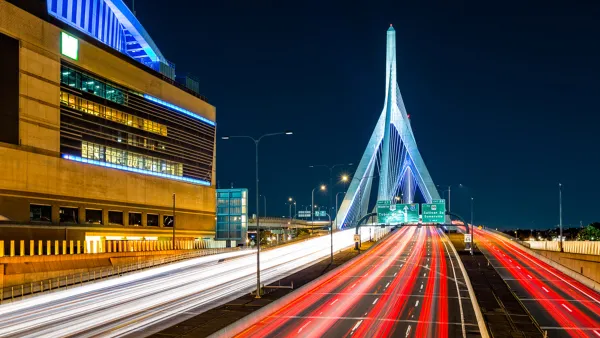New analysis explores every city and suburb in the Boston region to reveal the tools of multi-family housing obstruction—sometimes it takes more than zoning to block apartments from getting built.

"Thanks to a thicket of zoning rules, the suburban communities of Greater Boston have lots of ways to make it difficult to build apartments and other multifamily housing that many of their residents don’t want," writes Tim Logan.
That thicket has become much more defined, thanks to new research by a coalition of major housing industry and advocacy groups that provides a comprehensive review of zoning laws in Eastern Massachusetts. To complete the "The State of Zoning for Multi-Family Housing in Greater Boston" report, researcher Amy Dain examined the zoning codes and housing plans of 100 Eastern Massachusetts municipalities.
In Dain's own words, quoted in the article, the report attempts to define "the aggregate, de facto plan for building multifamily housing across Greater Boston." To summarize the findings of the report, Dain uses the phrase "paper wall" to describe the regulations, like lot size requirements, parking minimums, age restrictions — that block multifamily housing even in places where zoning allows for it.
Logan provides an example of how extra regulations can sometimes supersede the nominal intentions of zoning in the Boston area:
The Town of Dover, for instance, technically allows apartment buildings but requires that 25 percent of units in a new building be affordable, that 40 percent be set aside for senior citizens, and that the project contain no more than four units per acre — a density more common to single-family homes with yards. No project has ever been permitted in Dover under those rules, Dain noted.
According to Logan, one prescription suggested in the report is a more regional approach to planning.
FULL STORY: Study highlights local rules that block new housing in Greater Boston

Analysis: Cybertruck Fatality Rate Far Exceeds That of Ford Pinto
The Tesla Cybertruck was recalled seven times last year.

National Parks Layoffs Will Cause Communities to Lose Billions
Thousands of essential park workers were laid off this week, just before the busy spring break season.

Retro-silient?: America’s First “Eco-burb,” The Woodlands Turns 50
A master-planned community north of Houston offers lessons on green infrastructure and resilient design, but falls short of its founder’s lofty affordability and walkability goals.

Test News Post 1
This is a summary

Analysis: Cybertruck Fatality Rate Far Exceeds That of Ford Pinto
The Tesla Cybertruck was recalled seven times last year.

Test News Headline 46
Test for the image on the front page.
Urban Design for Planners 1: Software Tools
This six-course series explores essential urban design concepts using open source software and equips planners with the tools they need to participate fully in the urban design process.
Planning for Universal Design
Learn the tools for implementing Universal Design in planning regulations.
EMC Planning Group, Inc.
Planetizen
Planetizen
Mpact (formerly Rail~Volution)
Great Falls Development Authority, Inc.
HUDs Office of Policy Development and Research
NYU Wagner Graduate School of Public Service




























